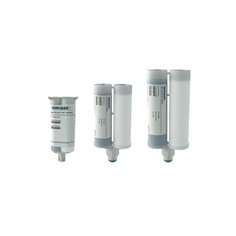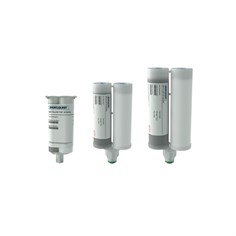Thermal Gap Fillers
Thermal gap fillers are designed to provide a thermally conductive barrier between electronic components, in order to dissipate heat and ensure optimal performance. The right thermal gap filler choice can make all the difference when it comes to keeping temperatures constant and preventing problems such as overheating or components failing due to excessive heat.
At Conro, we understand how important it is to have reliable products that can stand up to the rigorous demands of industrial manufacturing processes. As such, our wide selection of thermal gap fillers offer superior performance and maximum reliability even in the most challenging environments or conditions. All of our products meet the highest standards and come from top quality brands such as Henkel Loctite’s Bergquist.
Conro is an authorized distributor for Henkel.
Types of thermal gap fillers
At ConRo, you can find multiple thermal products, including liquid gap fillers and adhesive gap thermal gap pads, to fit your specific application requirements.
- Liquid Gap Fillers. These products combine outstanding thermal and mechanical properties with the ability to conform to any surface. They come in the form of 2-component systems and are suitable for automated, high-volume application. Liquid gap fillers create almost no stress on components during assembly, making them ideal for sensitive, fragile devices.
- Thermal Gap Pads. Thermal gap pads offer great adhesive properties, high conformability to uneven surfaces, protection from shock and vibration and excellent thermal performance. They are also very easy to use: they only require the removal of a protective film before application and can be applied by hand.
Benefits of thermal gap fillers
Thermal gap fillers offer a wide range of benefits:
- Effective heat dissipation to ensure optimal performance
- Elimination of air gaps to reduce thermal resistance
- Conformable to most surfaces
- Protection against shock and vibration
- Ease of application
- Liquid gap fillers create almost no stress on components





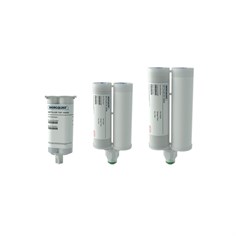



-71.545KG-Container.jpg)
-50CC-Dual-Cartridge.jpg)
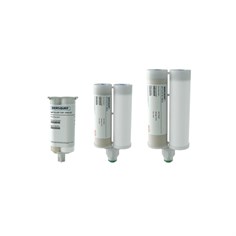
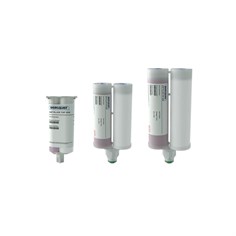
-7GAL-Kit.jpg)
